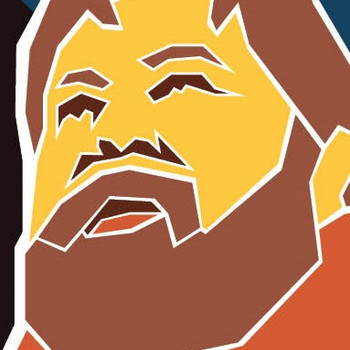George I. has given a fine solution. I want to add that there's no need for technology to test the critical number.
#f(x)=e^(x+2)-e^(2x)#
#f'(x)=e^(x+2)-2e^(2x)#
#e^(x+2)-2e^(2x)=0# iffi #e^(x+2) = 2e^(2x)# iffi #x+2=ln(2)+2x#
So the critical points is #c=2-ln2#.
Now how big is this number?
#0< ln 2 <1#
so #-1< -ln2 <0#
and #2-1< 2-ln2 <2# (add 2 to all 3 parts)
#1< 2-ln2 <2#
Use the first derivative test.
#0 < c# and #f'(0) = e^2-2# which is positive since #e^2 > 2#. So #f# is increasing left of #c#
#c < 2# and #f'(2)=e^2-2e^2 = -e^2# which is negative so #f# is decreasing right of #c#.
#f(c) = f(2- ln 2)# is a local maximum.
If you want to use the second derivative test:
#f''(x)= e^(x+2)-4e^(2x)#
#f''(2- ln 2)= e^((2- ln 2)+2)-4e^(2(2- ln 2)) =e^((2- ln 2)+2)-4e^(4- 2ln 2)) #
#f(c) = f(2- ln 2)# is a local maximum.
#=e^2/e^( ln 2)-4e^4/e^(ln 4) = e^2/2-4e^4/4 =-e^2/2 # which is negative, so

